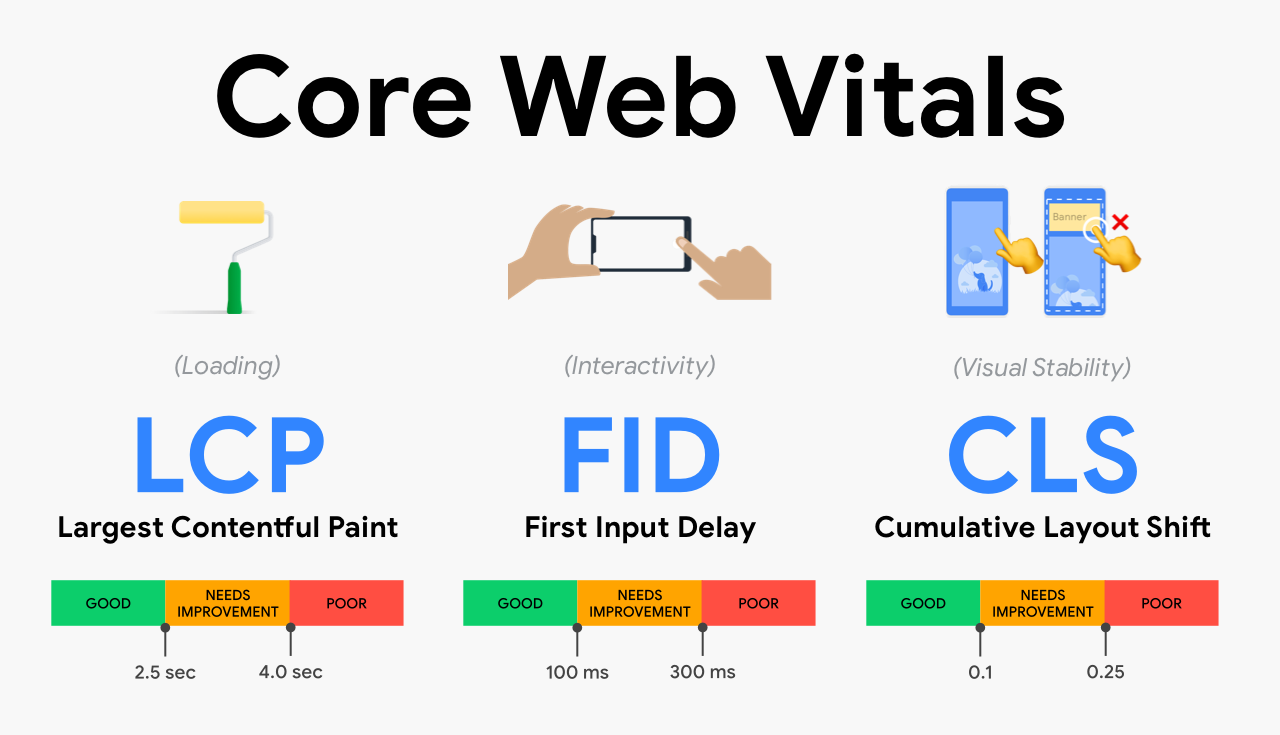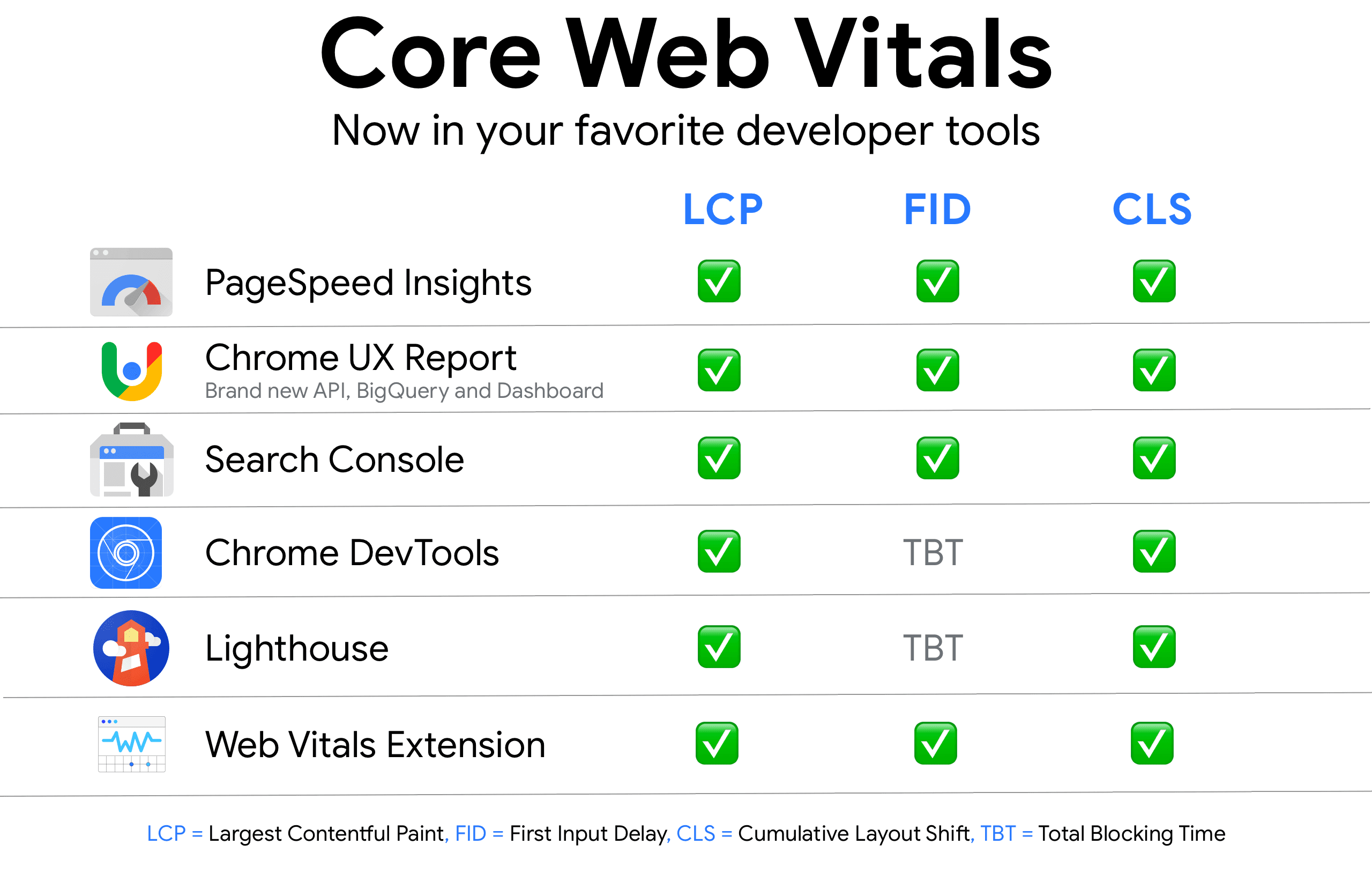SXO (SEO + UX) : What are the best practices?

As you know, Google’s algorithm is always evolving, and Search Engine Optimization (SEO) is no longer limited to keywords. In order to meet Google’s requirements, we need to improve the content, popularity, and User Experience (UX) of our websites.
Today, we’re going to focus on SXO (Search eXperience Optimization), a cross between SEO (Search Engine Optimization) and UX (User eXperience). User Experience is now a ranking factor in Google’s algorithm. For Google, UX starts as soon as the end user clicks on a search result and ends once a conversion is made.

1. Keywords and content
Every customer journey begins with a search. That means we need to ensure that we’re meeting the user’s intent. There are three main levels of search intent:
- Navigational intent: Looking for a specific site
- Informational intent: Looking for specific information
- Transactional intent: Looking for a product or service
Once the search intent is identified, choosing the right keywords is essential because they are the link between the user’s search intent (i.e., your prospective customer!) and the content you’re publishing. Keyword strategy is the foundation of successful SEO. This means ensuring that the keywords you’ve decided to use on your site have high enough search volumes, for example. There are several tools you can use to achieve this:
Once the right keywords have been selected, it’s important to ensure that your content matches the user’s search intent. Content is still KING. It needs to be relevant and of high quality to meet Google’s criteria, and it needs to appeal to your end users too. We’ve put together a few examples of SEO content writing rules you should follow:
- Write articles of around 700 words
- Make sure your keywords are prominent (but avoid keyword over-optimization)
- Support your text with examples, case studies, and visuals
- Include internal and external links
- Structure your article to appear in Featured Snippets
2. Attract people to your site
For Google, User Experience begins with the first click. For this reason, increasing your CTR (Click-Through Rate) is essential. In fact, ranking first on Google’s search page is no longer enough to get people to visit your site. Now, you also need to have a compelling title that will make users want to click. One way to do this is to set yourself apart from your competitors on the search results page by working on your titles and descriptions. Here are a few ways to increase your CTR:
- Work on your titles and descriptions and make sure they include your main keyword
- Add special characters or symbols to your tags ($, ®, etc.)
- Insert emojis into your tags 🙂
- Work with structured data (recipes, articles, reviews, etc.)
- Aim for Position Zero
3. Improve your Core Web Vitals
Once the end user clicks on your page, Google’s algorithm continues to do its work and analyzes their journey throughout the site. To improve your User Experience, you can refer to Google Search Console and its Core Web Vitals report. Core Web Vitals are three metrics that score a user’s experience when they visit your site. The three key metrics measured by Core Web Vitals are:
- The site’s loading speed, also known as LCP
- How long it takes for the browser to respond to the user’s input, also known as FID
- How easily the user can access your content, also known as CLS

Things you can do to optimize your Core Web Vitals::
- Compress images
- Implement lazy loading (deferred loading of images)
- Optimize your CMS performance options
- Preload your fonts
- Use a CDN Limit your use of external resources
- Ensure your page’s visual stability (CSS, advertising, images, etc.)

4. Optimize your User Experience (UX)
Once your site meets Google’s loading requirements, you need to be able to understand what users are doing on your site, which requires you to analyze their navigation data. You can use Google Analytics to check your bounce rate and average session duration. To complete your analysis, you can also use heatmaps to track what users are doing on your website (how far they scroll, where they click, etc.).
A few things you can do to you improve the UX of your websites:
- Pay attention to your waterline (make users want to scroll down the page)
- Make sure your page is visually balanced and choose clear headings
- Reduce your text or certain images to show the content underneath
- Add a breadcrumb trail to aid navigation
- Ensure your links and call to action buttons are prominent (size, colour, elements that incite action)
- Stimulate conversion (via a form or by making it quick and easy to make a purchase)
- Perform A/B testing, 5-second tests, or card sorting
Are you looking to improve your websites’ SXO? Or perhaps you’re getting ready to launch a digital transformation or optimization project for your company? Feel free to contact us or check out Tink’s SEO and UX service offering.
